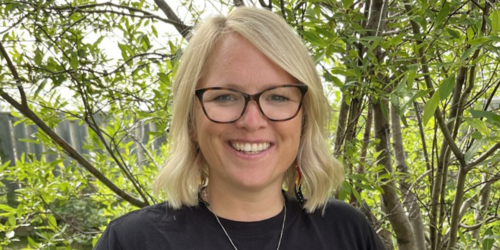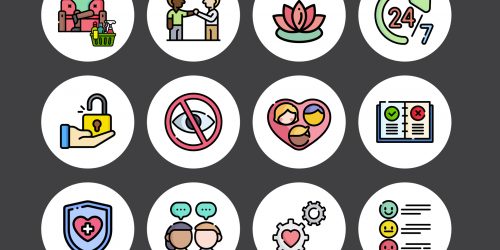What kind of effect does opioid use disorder medication have on opioid cravings?
April 25, 2023 • By Matthew BonnBuprenorphine with naloxone (also known as Suboxone) and methadone are two of the most widely used medications prescribed as opioid agonist therapy (OAT) to treat opioid use disorders in Canada. The aim of OAT is to replace the use of unregulated opioids with a safe and legal therapeutic medication that can prevent opioid cravings and withdrawal symptoms. This can in turn reduce the risk of overdose and other potential harms of opioid use disorder but it is not meant for everyone. In addition to these treatments, we also need greater access to safe supply, which is defined as a legal...






